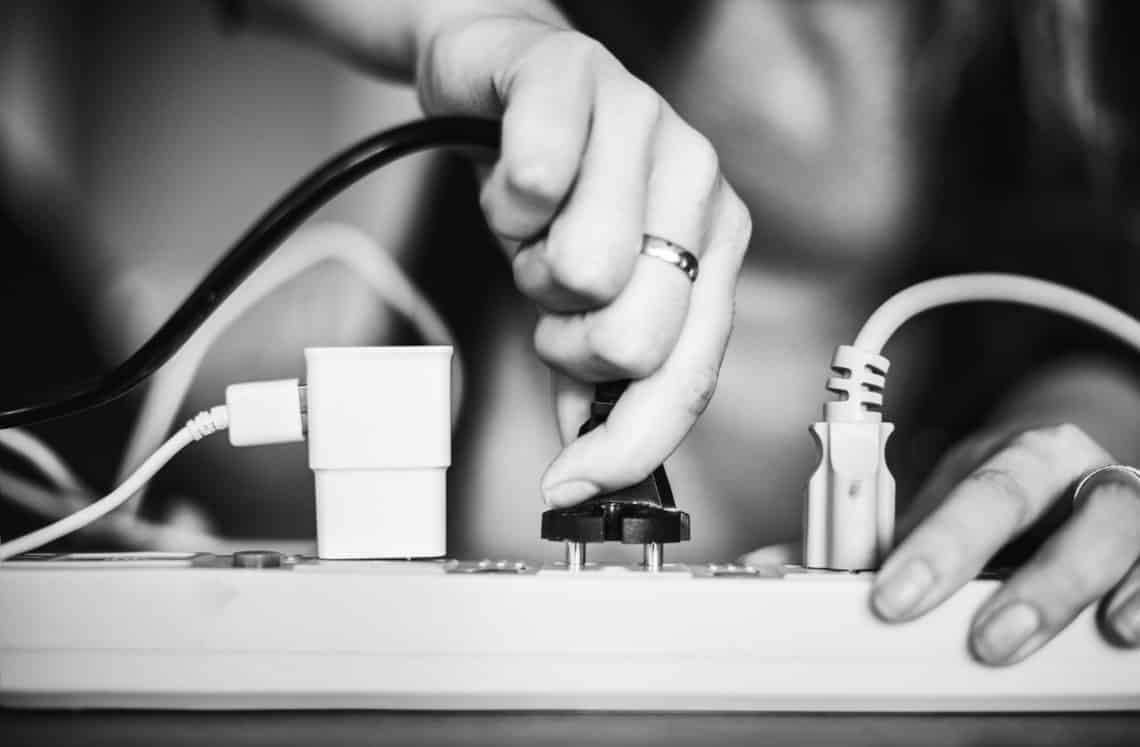As an investor, your main objective is to earn good returns on the amount you invest. However, you should keep in mind that returns and risks are correlated and with high returns comes high risk. So you should start by evaluating your risk appetite and only then park your hard-earned money in an investment option. A well-planned investment portfolio is the one which has a balance between high and low-risk investments and offers a mix of good returns and stability.
So if you’re just starting out, here are some of the best options to consider ranging from low to high risk.
Fixed deposit
FDs are a safe instrument for young earners, new and conservative investors, and senior citizens courtesy of the assured returns that they offer. Fixed deposits are also safe as they aren’t linked to market fluctuations. You simply lock away your principal amount until the completion of your chosen tenor. Then, depending on the variant you choose you can either get your interest on maturity, or at intervals through the tenor.
One of the best FDs you can consider investing in is a Bajaj Finance Fixed Deposit as it offers one of the highest FD interest rates in India. For instance, when you invest in a 36-month FD you can earn up to 8.75% as a regular investor and up to 9.10% as a senior citizen, provided you want the interest at maturity. Moreover, you can maximise your returns by renewing your FD and earning an extra 0.25% as interest. If you want to see what these numbers translate into, simply use the FD calculator to forecast your returns.
Systematic Investment Plan (SIP)
For a moderately risky investment option, you can consider investing in mutual funds. Though mutual funds carry some uncertainty, investing via SIPs can temper this risk and maximise your returns. It is important to understand that mutual funds are of various types, based on the asset class. You can choose to invest in one or more of them according to your risk tolerance. To enjoy high returns, you’ll have to bear high risk and invest in equity funds that yield as much as 12% returns. If you can handle only moderate to low risk, invest in debt funds that yield 8% returns. Also, remember that staying invested in SIPs for a long term yields higher returns. For example, investing just Rs.2,500 monthly for 5 years in a scheme that has a track record of yielding 10% returns gives you a maturity amount of around Rs.1,95,206. With such a significant corpus, you can easily meet your medium and long-term financial goals without any stress.
Public Provident Fund (PPF)
To complete the low-risk portion of your folio, you can also invest in Public Provident Fund (PPF). This is a government scheme that is totally risk-free and offers high returns when compared to other small saving schemes. The interest rate is revised every quarter and currently it has been set at 8%. Once invested, your PF account will have a lock-in period of 15 years, which makes it possible for you to enjoy absolute power of compounding. You can start a PPF and keep it active by investing any amount from Rs.500 to Rs.1.5 lakh per financial year. Moreover, PPF enjoys an EEE tax status and is, thus, a tax-efficient investment option.
Equity
Finally, for the high-risk portion of your folio you can invest in direct equity. Equity is known for capital appreciation and although it is subject to market risks, studies have shown that they are capable of yielding inflation-adjusted returns in the long-run. However, investing in equities without having sound knowledge of the market can be dangerous. You can lose all your savings in the blink of an eye. So, only assume as much risk as you can handle and hire a financial advisor to guide you.
Instead of putting off investments for the next financial year, simply follow these guidelines to invest as per your risk appetite and enjoy optimum returns.








